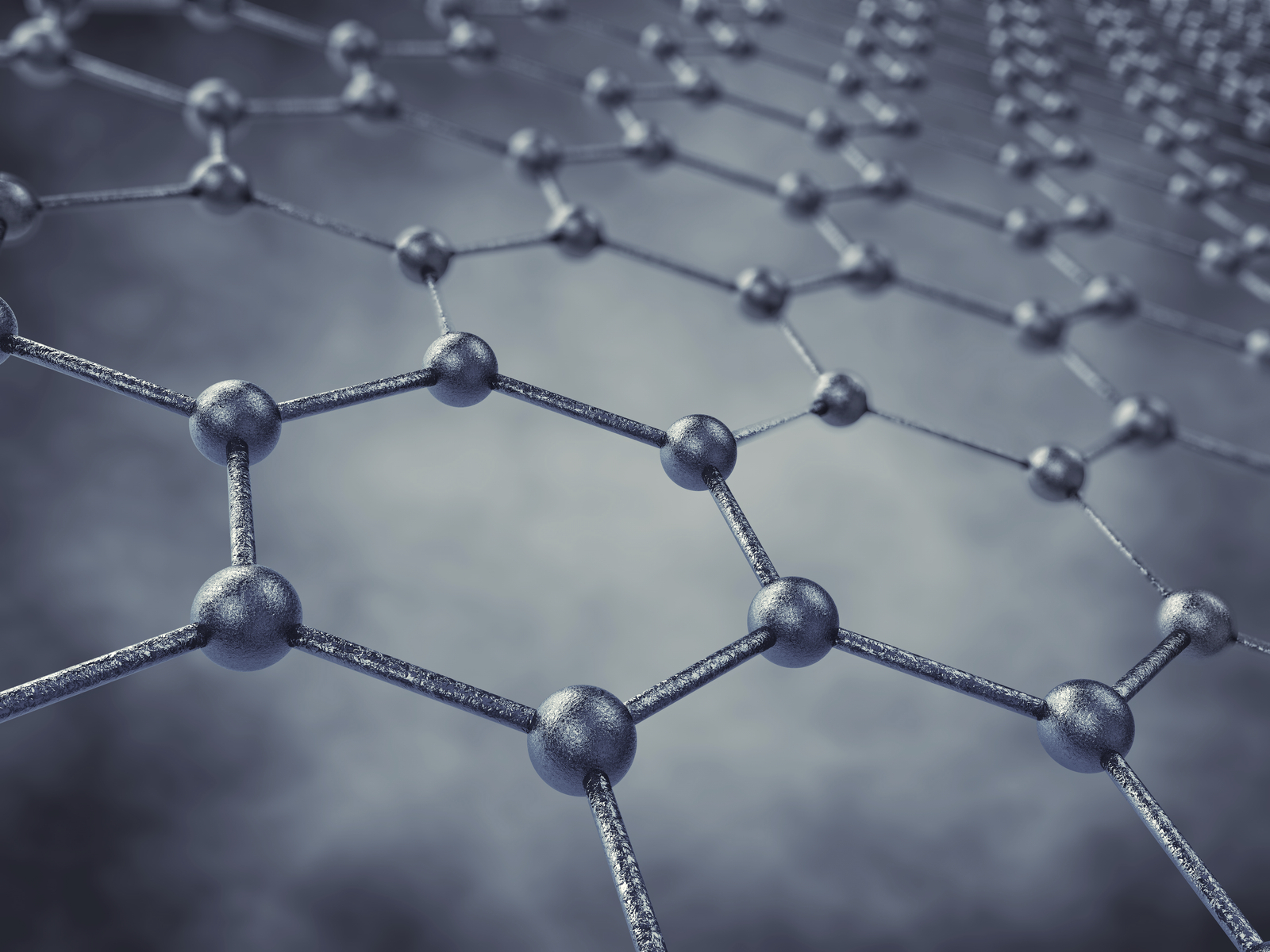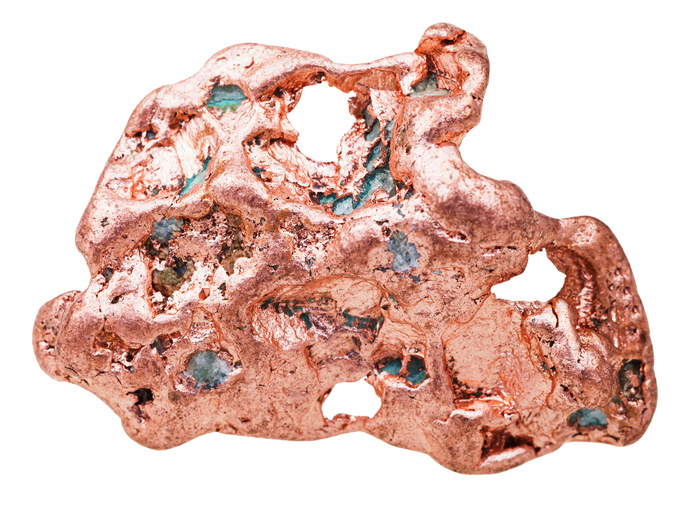 Around the world, the transportation sector is evolving. Globally, electric vehicle (EV) sales have more than doubled, showing a 72 percent increase in 2015, followed by 41 percent global increase in EV sales in 2016. Now, France is committing to a greener transportation sector by vowing to end the sale of gasoline and diesel vehicles by 2040, further pledging to become a carbon neutral country by 2050.
Around the world, the transportation sector is evolving. Globally, electric vehicle (EV) sales have more than doubled, showing a 72 percent increase in 2015, followed by 41 percent global increase in EV sales in 2016. Now, France is committing to a greener transportation sector by vowing to end the sale of gasoline and diesel vehicles by 2040, further pledging to become a carbon neutral country by 2050.
Currently, 95.2 percent of new car fleets in France are represented by gasoline and diesel vehicles. According to France’s Ecology Minister Nicolas Hulot, initiatives by automakers such as Volvo to go all electric in the coming years will help France start to phase out gasoline and diesel vehicles.
In order to become carbon neutral by 2050, France will also need to devote energy to ending the use of fossil fuels across the board, which includes ending hydrocarbon licenses in the country and stopping coal production by 2022.
While France’s goals are admirable, organizations such as Greenpeace believe that the measure falls short in terms of concrete measures.
“We are left wanting, on how these objectives will be achieved,” Greenpeace campaigner Cyrille Cormier said in a statement. “The goal to end the sale of gasoline and diesel vehicles by 2040 sends out a strong signal, but we would really like to know what are the first steps achieve this, and how to make this ambition something other than a disappointment.”


 Scientists have created a nanoscale light detector that can convert light to energy, combining both a unique fabrication method and light-trapping structures.
Scientists have created a nanoscale light detector that can convert light to energy, combining both a unique fabrication method and light-trapping structures. Nine new issues of ECS Transactions (ECST) have just been added to the ECS Online Store for pre-order. The following issues of ECST will be published from symposia held during the 232nd ECS Meeting in National Harbor, and will be available in limited quantities for pick-up at the meeting.
Nine new issues of ECS Transactions (ECST) have just been added to the ECS Online Store for pre-order. The following issues of ECST will be published from symposia held during the 232nd ECS Meeting in National Harbor, and will be available in limited quantities for pick-up at the meeting. The
The  Scientists have created a durable catalyst for high-performance fuel cells by attaching single ruthenium atoms to graphene.
Scientists have created a durable catalyst for high-performance fuel cells by attaching single ruthenium atoms to graphene. A team of researchers has created a new material that could be used in microscopic sensors, also known as microelectromechanical systems [MEMS], for devices that are part of the Internet of Things.
A team of researchers has created a new material that could be used in microscopic sensors, also known as microelectromechanical systems [MEMS], for devices that are part of the Internet of Things. Researchers from MIT have developed a new way to extract copper by separating the commercially valuable metal from sulfide minerals in one step without harmful byproducts. The goal of this new process is to simplify metal production, thereby eliminating harmful byproducts and driving down costs.
Researchers from MIT have developed a new way to extract copper by separating the commercially valuable metal from sulfide minerals in one step without harmful byproducts. The goal of this new process is to simplify metal production, thereby eliminating harmful byproducts and driving down costs. Earth’s climate is changing rapidly. We know this from billions of observations, documented in thousands of journal papers and texts and
Earth’s climate is changing rapidly. We know this from billions of observations, documented in thousands of journal papers and texts and